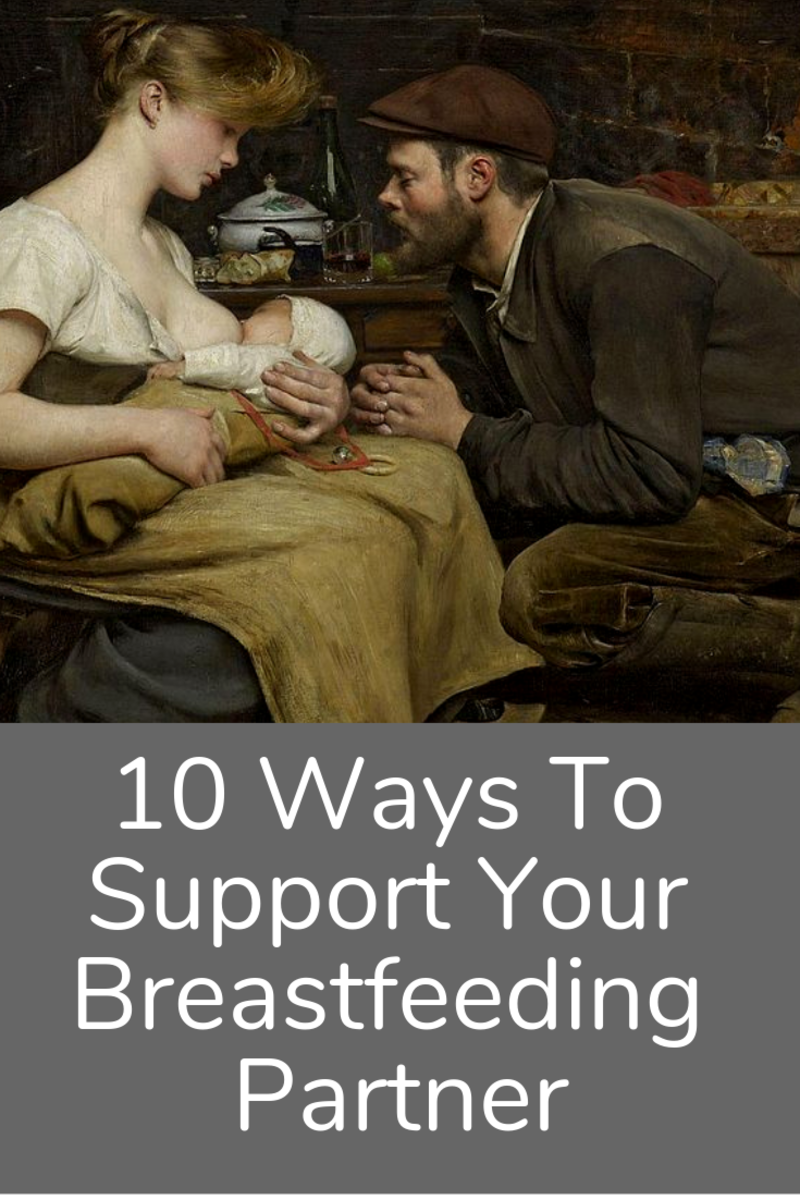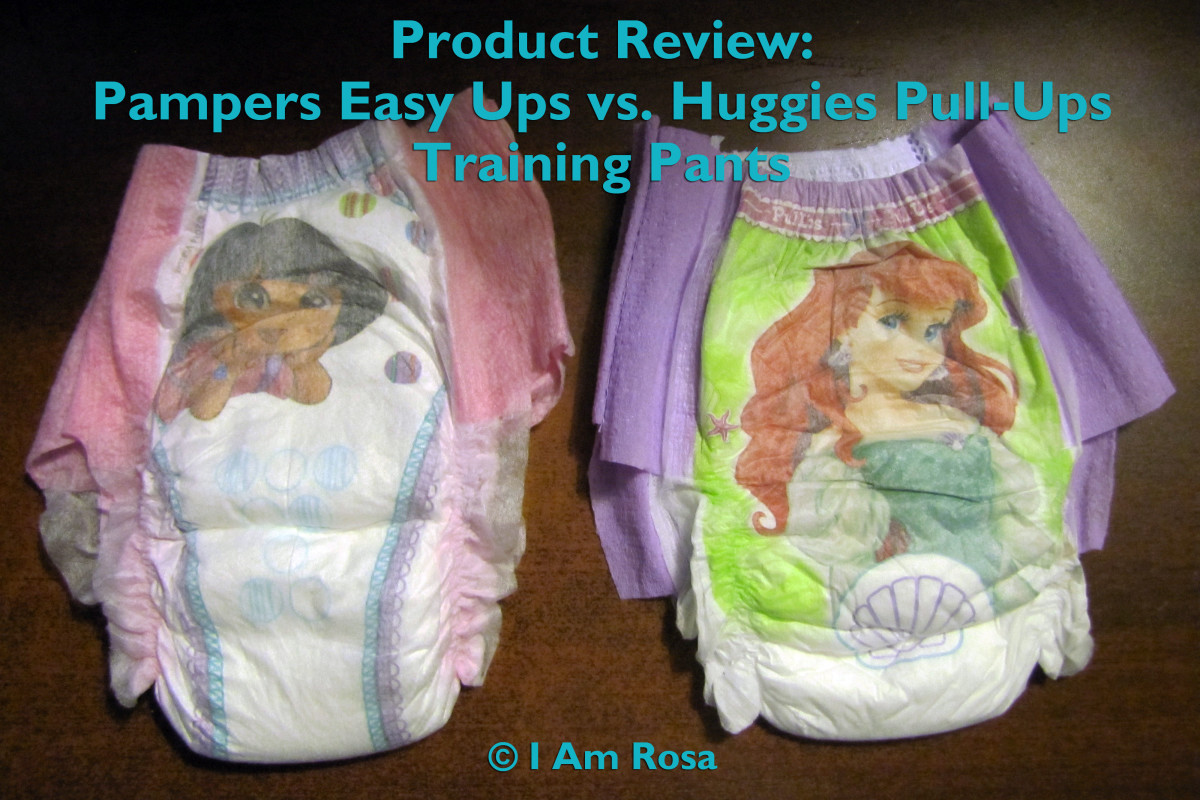Book Review: The Baby Whisperer Solves All Your Problems
I Needed Advice About My Baby
When my baby was six weeks old, I started to worry. At that point, my maternity leave from work was halfway over, and I thought at the time that I would be headed back to work soon. I was having a hard time with my baby's sleep. Naps were sporadic and I was unable to predict when they would happen. I had a very difficult time getting her to go to sleep at night, and she was often awake until 10 or 11PM. I was up feeding her several times every night. Sometimes she would go back to sleep easily after a nighttime feed, but sometimes she wouldn't. I was surviving, but only because I was able to sleep in until at least 8:00 every morning. I had no idea what I was going to do when I started having to get up at 6:00 for work.
Enter The Baby Whisperer Solves All Your Problems by Tracy Hogg and Melinda Blau. (Note: Tracy Hogg and Melinda Blau share writing credits on the book, but it's clear from the writing that Ms. Hogg is "The Baby Whisperer". My guess is that the collaboration arrangement was such that Ms. Blau primarily authored the book, but wrote in Ms. Hogg's voice using Ms. Hogg's information. I will primarily talk about Ms. Hogg as the author throughout this review when it comes to the book's content.)
I checked this book out from the library when my baby was seven weeks old. I read it pretty much cover to cover within a few days -- not bad for a 400+ page book. I hung on to it, though, renewing it the maximum number of times that my library system would allow, so that I could re-read and reference it over and over throughout the following 12 weeks. The book covers a lot of material, but it is largely organized around its key concept, which is this: Everybody in the family thrives when the baby is on a good routine that cycles through eating, activity, and sleeping. The author quickly takes on a tone of confident authority. Ms. Hogg asserts herself as a highly experienced nanny who has developed an uncanny ability to understand babies who can't speak for themselves by examining their body language, their cries, and the context of their environment.
The goal of the book is not just to tell you how to meet your baby's needs, although it discusses those topics in detail. It also tries to explain how to figure out what your baby's need really is at any given point. To do this, it focuses on the questions you should ask yourself when problems arise. Answering these questions is supposed to help point you toward the proper solution. It applies this principle to many of the common concerns for first-time parents, including:
- Feeding a baby for the first six months of life
- Starting a baby on solid foods
- Dealing with a baby's individual personality
- Interpreting your baby's cries, and resolving the indicated problem
- Getting your baby to fall asleep
- Getting your baby to sleep through the night
- Toilet training your child
- Dealing with behavioral problems
The book is very well written, and if my earlier guess is correct, Ms. Blau deserves most of the credit for this. It is organized well enough to serve as a quick reference on specific issues, but it is also written in an engaging style that makes it easy and entertaining to read in a linear fashion. Within a couple of chapters, I felt comfortable -- as though the author were simultaneously a good friend and an authority on the subject of raising babies.
See Also: Secrets of the Baby Whisperer
For an in-depth comparison of The Baby Whisperer Solves All Your Problems and Secrets of the Baby Whisperer, see this article.
Parenting Philosophies
Child-raising philosophies are a subject of hot debate among today's new parents, so it is useful to point out what this book has to say on some of the common issues of the day:
Breast-Feeding vs. Bottle-Feeding
Ms. Hogg is pretty adamant that whether to feed your baby breast milk or formula is a personal choice, at least when dealing with a normal, healthy baby and a normal, healthy mother. She points out that there are pros and cons on each side. She gives useful advice for both the breastfeeding mother and the formula-feeding mother. This book should be palatable for parents no matter which choice they have made. However, it's worth noting that she strongly recommends that even breastfeeding mothers should introduce the baby to a bottle -- even if the mother prefers to fill the bottle with expressed breast milk rather than formula.
Scheduled Feeding vs. Feeding on Demand
As I noted earlier, Ms. Hogg's key concept is that babies thrive on routine. She recommends a routine that has the baby eating approximately every three hours until the baby is four months old, and then shifting to a routine where the baby eats every four hours. For the most part, her advice isn't to start rigidly following a schedule one day, forcing a hungry baby to wait hours when he's used to eating more frequently. Rather, she advocates a method of gently stretching the time between feeds until the routine is achieved. The goal is to avoid frequent small snacks in favor of larger, regular meals.
Sleep Training
Ms. Hogg discusses sleep at great length. She does say at one point that no matter what the sleeping arrangements are, if everyone in the family is happy with those arrangements, then there's no reason to change the practice. However, it's clear that her philosophy is that babies can and should learn to sleep on their own. Teaching independent sleep at a young age will avoid the stress of breaking sleep dependencies when the child is older. At the same time, it's also clear that she does not agree with sleep training methods that involve leaving a child alone to cry himself to sleep, no matter what age the child is. Instead, she gives practical advice for the oft-heard recommendation to "put the baby down when he's drowsy" instead of waiting until the baby is fast asleep. Her solution is not a "no-cry" solution; there will most likely be tears, but you won't be leaving your baby alone while they last.
The Good and the Bad
Regarding the book's content, here are some of the key things that I liked:
- The book's places emphasis on learning to understand your baby's needs. I found it very useful to stop for a few seconds and analyze why my baby might be crying before trying to do something about it.
- Ms. Hogg writes from real experience with a broad range of real parents. She worked with these parents in their homes, during their day-to-day (and night-to-night) lives. Therefore, her advice is focused on raising babies in a way that meets both the real needs of the baby and the real needs of the rest of the family.
- Ms. Hogg provides a middle-of-the-road solution to sleep training. It is a sensible alternative to both of the extremes of "cry-it-out" and nursing the baby to sleep all through the night. Neither my husband nor I were comfortable with either of these, but I think we would felt pressured toward one of these extremes if we had not had this book.
Here are a couple of things I think could have been done better.
- There were a few statements made that seemed contradictory to me, with no explanation as to why. For example, Ms. Hogg spends a number of pages describing the Eat-Activity-Sleep cycle that should be the baby's pattern during the day, and stressing the fact that this is a routine and not a schedule. Yet, at one point, she mentions that if the baby wakes up from a nap half an hour before lunch, he can probably wait the thirty minutes until the next feeding time. I think I now understand this to mean that you don't need to panic if the normal routine is a little disrupted during the day, but it could have been pointed out a little more clearly.
- I would have loved to see more content about dealing with siblings close in age. It's hard to imagine trying to implement some of the strategies with a newborn when you also have a toddler. I don't know why this was left out of the book, unless Ms. Hogg felt that she was primarily addressing the first-time parents.
The Final Verdict
So how well did the book's advice work for me in real life?
When I got the book, most of my concerns were centered around sleeping. I started implementing a routine right away. It was difficult at first, but I think that was mainly because I tend to be a perfectionist and I was trying too hard. Once I relaxed a little bit, I found the routine to be very beneficial to us. As a new mom, it helped me to be able to plan my day knowing what I could expect as far as naptimes and feeding times.
I started following the advice to analyze the situation to determine why my baby is crying before trying to implement a solution. When I first read the book when my baby was seven weeks old, I was extremely skeptical that I would ever be able to discern a difference between the sounds of my baby's cries in different situations. I was also skeptical that someone could recognize and interpret the different cries of a baby whom she had just met. Today, I'm not so skeptical. I can easily distinguish between the cries of my baby when she's scared, when she's tired, and when she's hurt. I've also found to my surprise that the distinguishing characteristics between these cries aren't unique to my baby -- I can sometimes recognize them in other babies as well.
I started trying to get my baby to fall asleep in the crib using strategies from the book. After about four weeks of consistent effort, I had my first success of putting her down awake, walking out the room, and not needing to go back in. From that point on, the first two naps of the day have been easy. For some reason, the third nap was more difficult, but my baby dropped that nap before I ever figured out what was causing the problem. Bedtime continued to be extremely difficult for me; even nine months later, it still proves to be a struggle that pops up every month or two. Once asleep, my baby does sleep through the night now, but that didn't happen at all until she was seven months old, and didn't start happening consistently until she was almost nine months old.
I've also followed the book's advice regarding feeding and activity. I have not had any real problems in these areas, but I don't know how much of that is due to following the book's advice and how much is simply due to my baby's temperament.
However, despite my reluctance to credit this book for every amazing achievement of either myself or my baby, I do think is an excellent resource. It offers a sensible approach for dealing with the common issues that new parents encounter. I highly recommend it to anyone who is looking for this kind of advice and isn't really sure where to start.
One final note: this book is actually the third and final installment of the Baby Whisperer series written by Tracy Hogg before her death in 2004. I have read the first book, titled Secrets of the Baby Whisperer, as well. That book has some useful content that isn't covered in The Baby Whisperer Solves All Your Problems, and I would recommend reading both, but if I had to choose between the two, I would recommend The Baby Whisperer Solves All Your Problems over Secrets of the Baby Whisperer.







